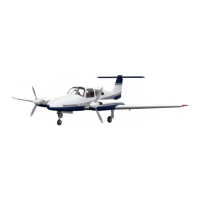
Do you have a question about the Piper SEMINOLE PA-44-180 and is the answer not in the manual?
| Manufacturer | Piper Aircraft |
|---|---|
| Model | Seminole PA-44-180 |
| Horsepower | 180 hp (each engine) |
| Length | 27 ft 7 in (8.41 m) |
| Seating | 4 |
| Landing Distance | 1, 400 ft (427 m) |
| Type | Light twin-engine aircraft |
| Maximum Takeoff Weight | 3, 800 lb |
| Empty Weight | 2, 350 lb |
| Useful Load | 1, 450 lb |
| Stall Speed (Clean) | 64 knots |
| Service Ceiling | 15, 000 ft |
| Propeller | Constant Speed |
| Propeller Diameter | 76 in (1.93 m) |
Critical weight limitations including ramp, takeoff, landing, and baggage compartment maximums.
Critical airspeeds defining operational limits, including VNE, VNO, and VA.
Maximum permissible weights for safe operation, including ramp, takeoff, and landing.
Limits for the aircraft's center of gravity position for safe flight.
Critical airspeeds for safe operation during emergencies and specific procedures.
Procedures for handling single engine failures, including identification, securing, and landing.
Procedures for addressing engine fires during start/flight and electrical fires.
Procedures for recovering from an unintentional spin.
Key airspeeds for normal flight operations, including climb, approach, and crosswind.
Comprehensive checklists for pre-flight inspection and engine start sequence.
Procedures for safe and efficient takeoff, including normal and short field techniques.
Procedures for conducting safe approaches and landings, including normal and short field.
Method for determining the aircraft's weight and CG position for safe flight.
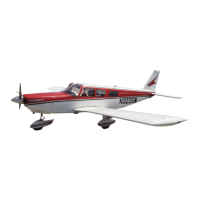
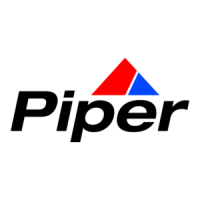


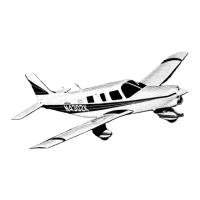


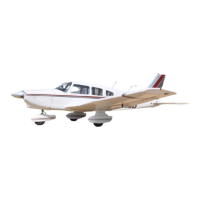
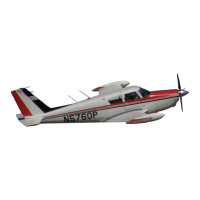
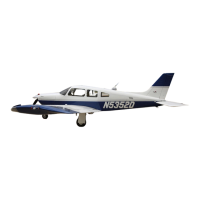
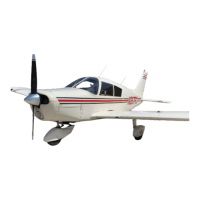
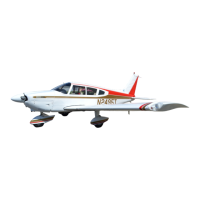
